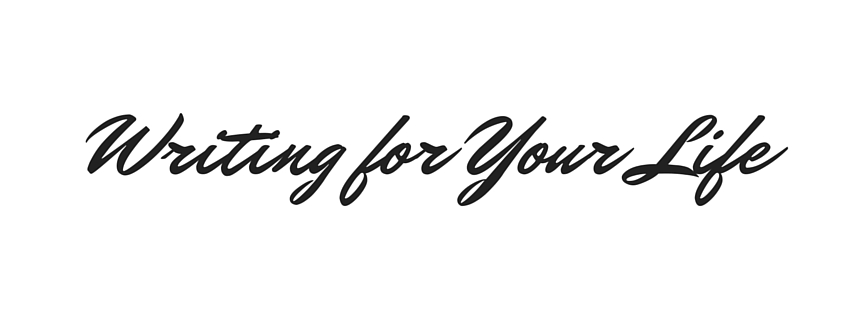In the raw, conceptual phase, it was essential that you had some idea who you were making your work for – an unaimed arrow rarely hits a target.
The intended audience is the final blank in “This is a ____________ that does ________ for _________.”
I’ve asked a lot of people that question over the years, and the list of wrong answers would fill volumes. A few particularly egregious ones are common:
• “Everyone”
• “You know, smart people”
• “The kind of people who read Malcolm Gladwell”
• “Myself”
The problem with those answers is not just that they are vague (“smart people”) or ridiculous (“myself”), it’s that such audiences don’t exist. There is no convention where Malcolm Gladwell fans get together. They don’t all read the same website. Just as every politician has to create his or her own coalition in order to win, no creator can magically inherit the audience of another. Whatever you’re making is not for “everyone” either – not even the Bible is for everyone. For yourself? I know you’re not going to be satisfied selling just one copy.
At least those answers are plainly wrong. The most common response is even more alarming. It’s the creator who answers the audience question with:
“I don’t know. I haven’t thought much about it.”
If you haven’t thought about who you are trying to reach, then what have you thought about? Presumably you have some vision of people purchasing or using this thing you’ve spent all your time making. How could you not know who they are? It’s not going to happen by accident.
– from “Perennial Seller” by Ryan Holiday
